To download the VCSA ISO image I went to my.vmware.com, proceeded to the Products page (Figure 2), selected vSphere, and then selected the VMware vCenter Server Appliance to download (Figure 3). There was also a VMware vCenter Server Appliance Update Bundle, but this is to update VCSA 6.7 to the latest patch bundle; this is not what you want to download if you're upgrading from a previous VCSA version.
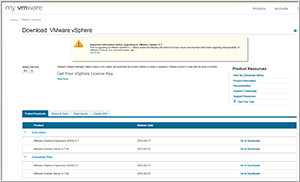
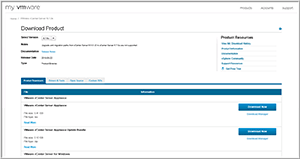
After the ISO had downloaded and I had backed up my VCSA appliance, mounted the ISO on my desktop system, navigated to the mount point F:/VMware VCSA/ccsa-ui-installer/win32 and double-clicked the installer.exefile (Figure 4).
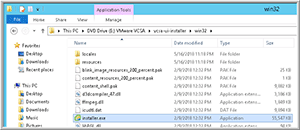
The installer UI displays four different options (Install, Upgrade, Migrate and Restore) as shown in Figure 5, and I selected Upgrade. Upgrading is a two-stage process: The first stage deploys a new appliance to the target vCenter server or ESXi host; the second stage copies the data from the source appliance to the deployed appliance.
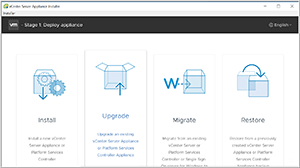
worked through the Upgrade wizard, accepting the end-user license (EUL) agreement, and inputting the IP address and login credentials for my existing VCSA and the ESXi host on which it was running, the ESXi host wanted to deploy the VCSA, the name of the VCSA, and the root password wanted it to have (Figure 6).
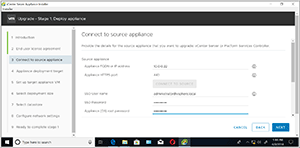
then asked for the size of VCSA wanted to deploy (Figure 7).
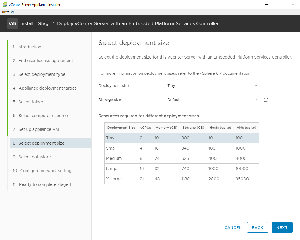
Next, asked what datastore and networking configuration wanted to use. The last step in the wizard was to verify the information and then click Finish.
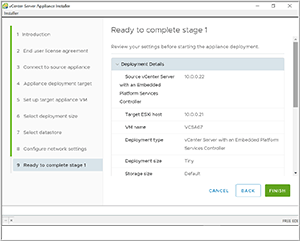
A screen was then displayed indicating that the deployment had been kicked off (Figure 9).
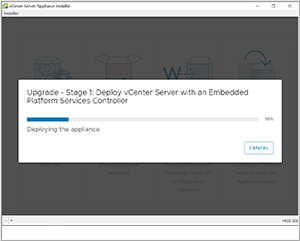
After a few minutes, notified that Stage 1 had completed (Figure 10), click Next, Stage 2 automatically started (Figure 11).
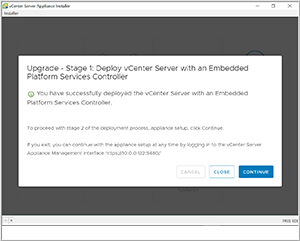
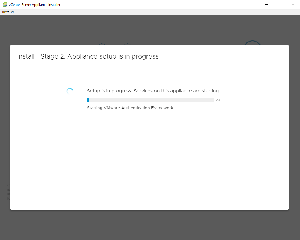
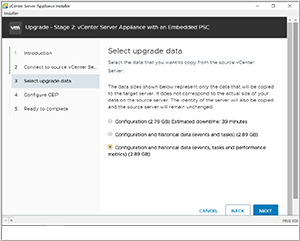
The last step in the wizard was to verify the information that the existing VCSA had been backed up (Figure 13).
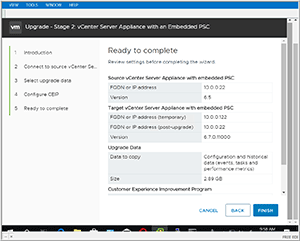
After about 30 minutes, a screen appeared saying that Stage 2 had completed; the page also included an Appliance Getting Started Page link (Figure 14).
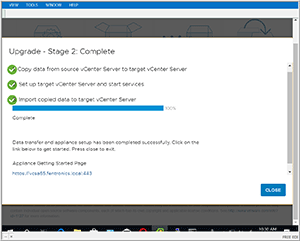
Post-Upgrade VCSA 6.7
Once the upgrade had completed, click the Appliance Getting Started Page link. This page gave me the option to go to the vSphere Client, vSphere Web Client, and vSphere documentation, to see the functionality updates for the vSphere Client, as well as to browse my datastore and learn about the vSphere Web service SDK (Figure 15).
Once the upgrade had completed, click the Appliance Getting Started Page link. This page gave me the option to go to the vSphere Client, vSphere Web Client, and vSphere documentation, to see the functionality updates for the vSphere Client, as well as to browse my datastore and learn about the vSphere Web service SDK (Figure 15).
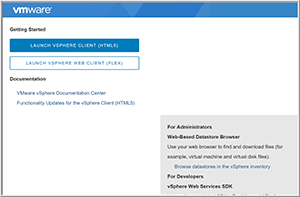
The Functionality Updates for the vSphere Client page (Figure 16) is quite helpful as it shows what workflow functionality is not yet available in the vSphere Client.
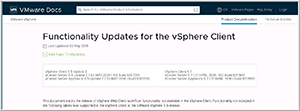
The next thing goes to the vSphere Client. As a visual indicator, the vSphere Client has a black border (Figure 17) while the vSphere Web Client is framed in blue (Figure 18).
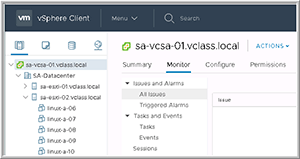
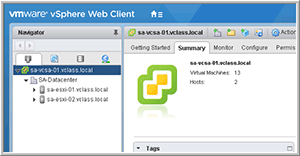
Backup Scheduler
vSphere has provided a tool to back up the VCSA since vSphere 6.5; however, this tool was limited. Furthermore, the 6.7 release includes a new scheduling tool (Figure 19), which allows you to back up the data on a specific schedule and set a retention policy. For more information on setting up and using the VCSA backup tool.
vSphere has provided a tool to back up the VCSA since vSphere 6.5; however, this tool was limited. Furthermore, the 6.7 release includes a new scheduling tool (Figure 19), which allows you to back up the data on a specific schedule and set a retention policy. For more information on setting up and using the VCSA backup tool.
The VCSA backup scheduler can be accessed from the VMware Appliance Management Interface (VAMI) UI. To access the VAMI, append :5480 to the end of the URL IP address of the VCSA (for example, VCSA67.Fentronics.local:5480).
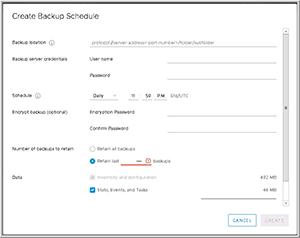
Monitoring VCSA
The VAMI also has a new monitoring tool for vSphere, which can be accessed by clicking the Monitor tab located on the left of the VAMI page (Figure 20). From this page, you can toggle through CPU & Memory, Disk, Networking, and Database tabs to monitor VCSA activity.
The VAMI also has a new monitoring tool for vSphere, which can be accessed by clicking the Monitor tab located on the left of the VAMI page (Figure 20). From this page, you can toggle through CPU & Memory, Disk, Networking, and Database tabs to monitor VCSA activity.
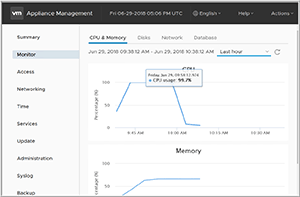
From the VCSA Monitor tab, you can see activity for the last hour, day, week, month, quarter or year.
Patching VCSA
All software will eventually need to be patched, and the VCSA is no exception. Fortunately, VMware has made it very simple to patch the VCSA, and I'll walk you through the steps that I took to do so.
All software will eventually need to be patched, and the VCSA is no exception. Fortunately, VMware has made it very simple to patch the VCSA, and I'll walk you through the steps that I took to do so.
A few weeks after installing my VCSA, I noticed that an update was available for it. To update my VCSA, I went to my VAMI and logged into it as root. I then clicked Update, and after a short wait, it showed that there was a critical update available (Figure 21).
Click Stage Only, which downloaded the update from VMware.
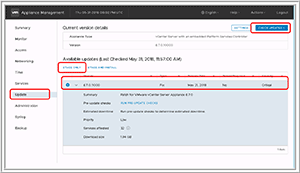
After the update was downloaded and the staging was complete, Click Install (Figure 22).
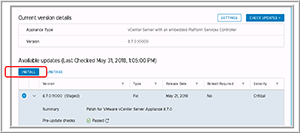
then needed to accept the EUL, opt to join or not join VMware's Customer Experience Improvement Program (CEIP), and acknowledge that had backed up VCSA. The installation process then stopped the services currently running on the VCSA, installed the patches, and then restarted the services. After the installation completed, will receive a message that the installation succeeded (Figure 23). While the update was in progress, the vSphere Client displayed a message that the vSphere Client was being updated and then initializing. When logged back into the vSphere Client, that it had been updated successfully.
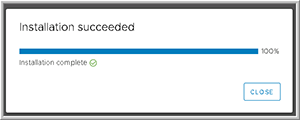
Final Thoughts
It took approximately half an hour to upgrade VCSA from version 6.5 to 6.7 without any issues.
It took approximately half an hour to upgrade VCSA from version 6.5 to 6.7 without any issues.
No comments:
Post a Comment